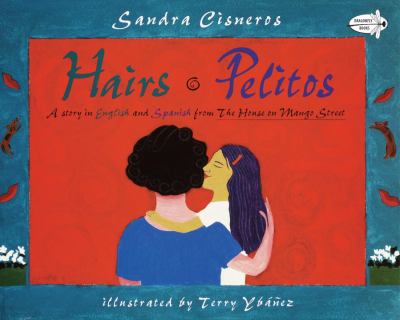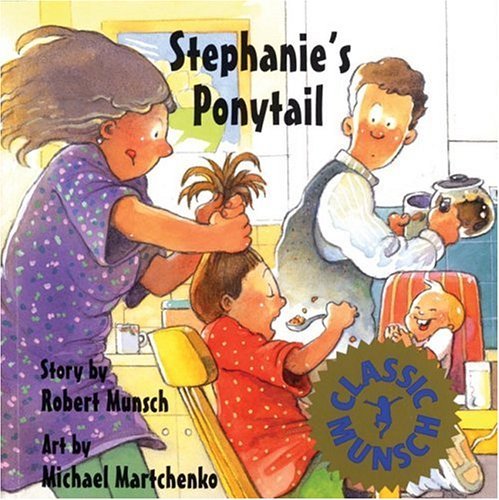Welcome back from spring break, teachers! We care deeply about having multiple voices heard on this blog. We'd love to hear from you about topics that interest you, and how we can get more educators sharing ideas through this blog.
Please take a few moments to post a comment here about what you'd like to see discussed. Or, feel free to email eslamplified@gmail.com.
Feel free to post questions, ideas, and other topics, too! Here are a few that our colleagues have been talking about lately:
ASSESSMENT, LITERACY FOR ELLS, COMMON CORE, RESPONSE TO INTERVENTION, WRITING FOR ELLS, CULTURE, PARENT INVOLVEMENT
Quality ESL is not good teaching simplified; it's good teaching amplified! Instead of avoiding a difficult concept, we AMPLIFY exposure to and understanding of that concept. We present the concept in many different contexts and connect our teaching back to it time and time again. Our mission is to provide ESL educators with access to thought-provoking, complex curricula and the strategies, tools, and lessons necessary to AMPLIFY their teaching.
March 31, 2013
March 17, 2013
Thematic Instruction for ELLs
Contrary to common belief is the fact that ELLs actually learn speaking, listening, reading and writing in an interdependent way and NOT in a linear or sequential way. Try planning lessons that only focus on one and you will quickly see how challenging it can be! Students learning English need ample opportunities to practice and apply language by engaging in all four modalities. Envision a student who has ESL class once a day and learns only basic survival English, but no academic language. Now envision that same student going to a school where the ESL teacher works closely with any other teachers that educate that child. They are all on the same page in terms of content, providing that child opportunities every single period of the day to try out the language learned and reinforce content.
Choosing a Theme:
- Should be able to be explored through multidisciplinary material
- Should capture students' imaginations to motivate them to apply learning across multiple content areas
- Should focus on a universal experience so that all students can connect, regardless of their background (new arrival, refugee, SIFE, and so on)
- Should be able to integrate language, mathematics, science, and social studies when possible
Sample Thematic Unit: Hair
Have fun with vocabulary! See how many words you can come up with in the following categories related to hair:
- Hair Styles (bangs, highlights, mullet)
- Adjectives/ Descriptive words (tangled, curly, wispy)
- Verbs (shave, spray, braid)
- Hair Products/ Nouns (comb, brush, dye)
- Prepositions (on top, on the sides)
 |
| Sandra Cisneros's Hairs/Pelitos book is a beautiful English-Spanish bilingual book. Have your students write their own HAIR stories or poems using figurative language like in this book. For example, "My mother's hair, like little rosettes, like little candy circles..." |
 |
| Stephanie's Ponytail, by Robert Munsch, will have your students rolling with laughter. When we did a HAIR unit with our 2nd and 3rd grade students, we adapted this read-aloud into a play so that students could develop their fluency as well as vocabulary and comprehension. |
 |
| I Love My Hair, by Natasha Anastasia Tarpley, explores Keyana's heritage while her mother brushes her hair. Connect the theme of HAIR to social studies by exploring the many different hair styles, products, and experiences people have with their hair. The possibilities are endless in terms of content, and in the end students will also be affirmed and feel valued! |
March 10, 2013
Anchor Charts for ELLs
English Language Learners are very resourceful students. You may notice your ELLs checking the name plate that's hanging outside your door to spell your name correctly, or referring back to a read-aloud you did last week because they've forgotten what a carved pumpkin is called. Developing this ability to independently retrieve information is critical for ELLs. As teachers, we can help them become more proficient with this skill by creating and posting quality anchor charts in our classrooms.
March 5, 2013
How Graphic Organizers Amplify Content for ELLs
We hear it all the time from administrators and colleagues, consultants and professors..."More graphic organizers!" But what exactly does that mean for our ELLs? How do G.O.s help amplify the lessons we teach?
Subscribe to:
Posts (Atom)
